Specialized S-Works Amira 2012 - First look
A lighter and stiffer carbon road bike for women
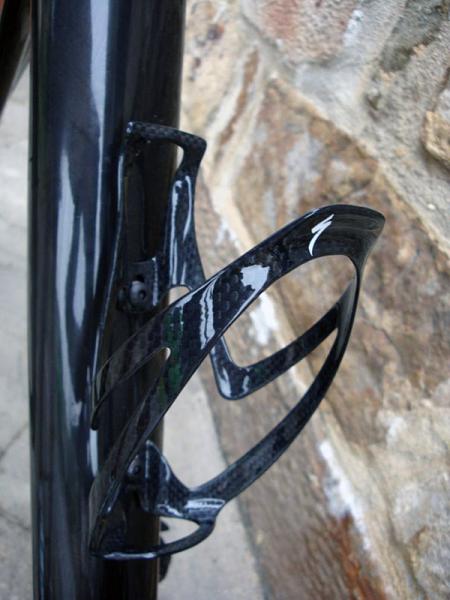
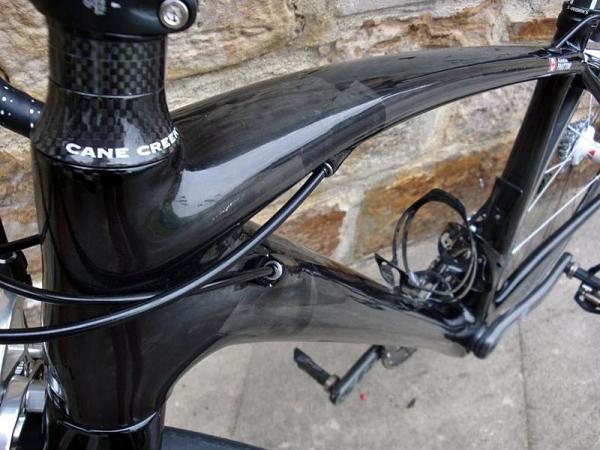
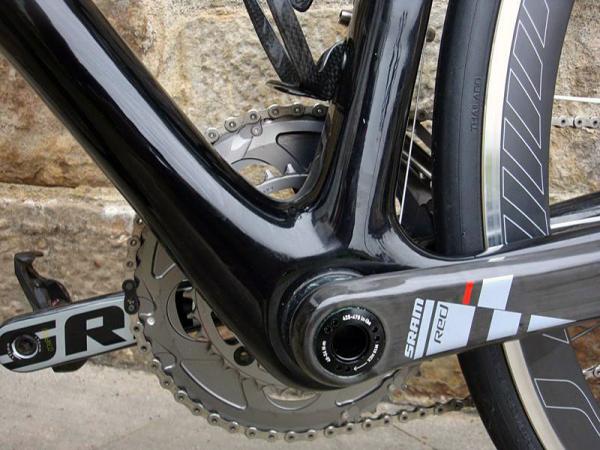
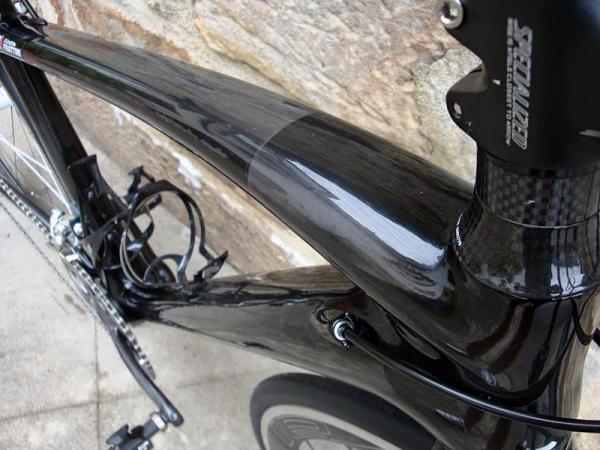
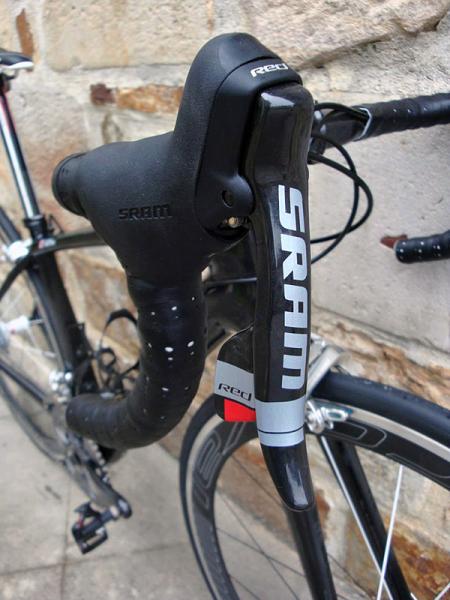
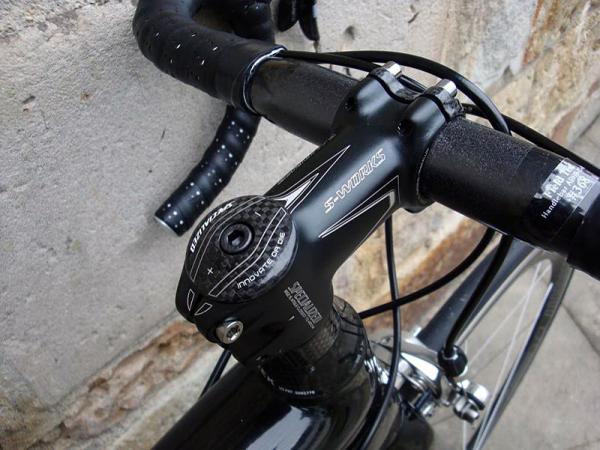
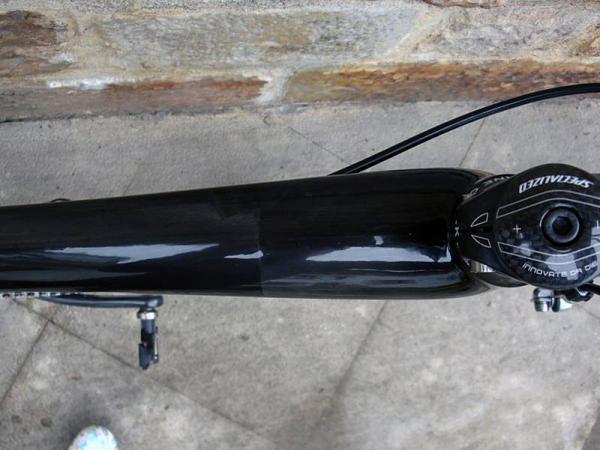
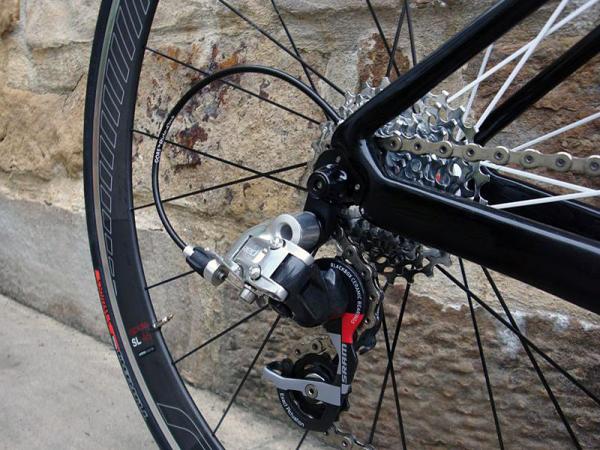
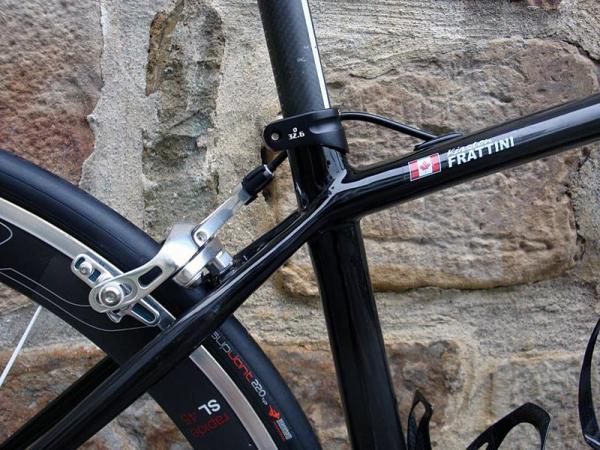
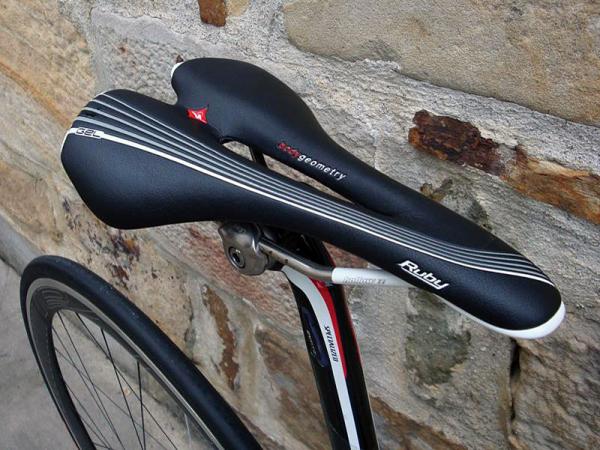
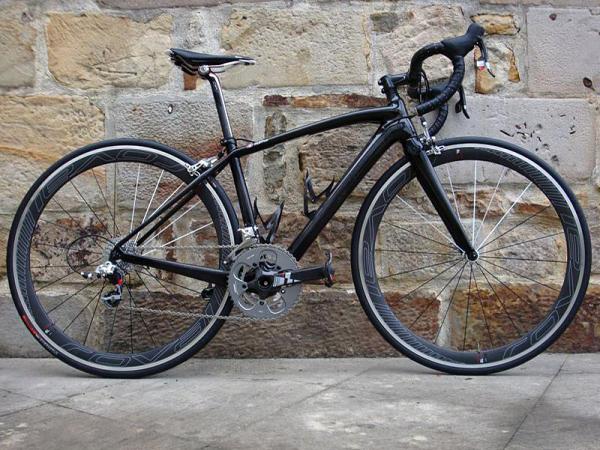
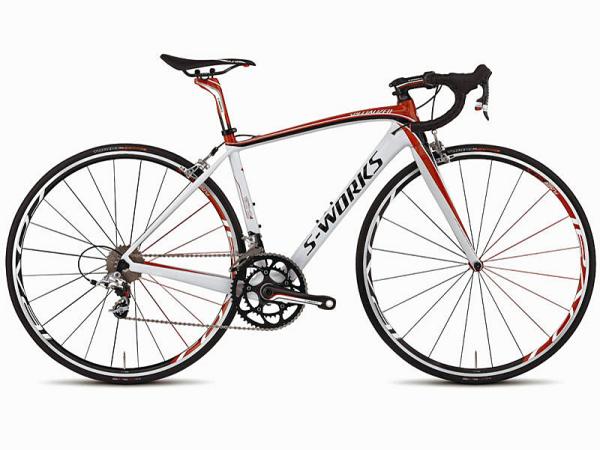
Specialized launched a new and improved S-Works Amira road bike in the mountainous northern region surrounding the city of Bilbao, Spain. The high-performance, women's-specific machine features two key improvements: increased stiffness and decreased weight.
When the Amira was introduced in 2009 it was Specialized's first bike specifically designed for women's road racing. "We realized that... while the Ruby was fantastic, it was more of an endurance road bike, and what we needed was something more for the racing side of things – something stiffer and lighter," said Specialized public relations officer Kim Hughes.
2011 was a year of consolidation for the Amira, with new colour and gearing options but no major changes, but this year the FACT IS 11r carbon frame has undergone a major facelift. Most noticeable is a new flared top tube, dubbed the "Cobra", which ends in a bulbous tapered head tube (1-1/8in upper, 1-3/8in lower, as before). "The head tube looks cool, but it does serve a purpose by preventing local deflection," said Specialized engineer Kyle Chubbuck. "When you push on the top of an eggshell you can't break it, and that's what's going on with the dome head tube."
Inside the head tube are carbon headset cups and a raised crown race. This raised race combines with the tapered steerer to give the fork the optimum blend of stiffness, strength and compliance, according to Chubbuck. An oversized down tube, bottom bracket shell and chainstays add further stiffness – in fact, the frame is said to have a 25 percent higher stiffness-to-weight ratio than the previous Amira. The seat tube, which takes a 27mm post, has also seen plenty of attention. "The reason for the 27mm seatpost is compliance," said Chubbuck. "The bigger the seatpost, the more compliance you lose. Our seat tube is round up top and it does taper down into an asymmetric square shape for stiffness."
Out back, the seatstays start off slim, get thicker around the brake bridge and then taper towards the dropouts. "You get compliance down the neck of the seatstays but up at the brakes the tubing is bigger to help stop brake chattering," said Chubbuck. "We got feedback from the teams that there was some brake chattering in the rear and that's why we beefed it up where the rear brake goes." The front and rear dropouts are now full-carbon, and the stays have Di2-compatible internal cable routing.
Down below is Specialized's new OSBB 30 system, which uses an all-carbon shell with a press-fit composite bottom bracket assembly. It's said to be 35g lighter than this year's alloy OSBB and to minimise flex under load, allowing for better power transfer. "We didn't have the carbon OSBB on the other Amira," said Chubbuck. "That's a huge weight saving. We used to have alloy and threaded BB cups that added a lot more weight."
One last feature of the new frame is a three-piece cable guide under the bottom bracket. "Most people might not care about the three-piece cable router, but mechanics do," said Chubbuck. "If you just need to change your rear derailleur you don't have to pull out the front one too, and vice versa. A benefit of having it internally routed underneath was that we lowered the down tube to get straighter routing lines and better shifting. This opened up the front triangle, which was important, especially for small frames, to fit the electronic shifting battery or water bottle cages properly."
The latest race content, interviews, features, reviews and expert buying guides, direct to your inbox!
Specialized will offer the Amira with five different component specs – Base, Elite, Comp, Pro and S-Works – and in five sizes (44, 48, 51, 54 and 56cm). "Our smallest frame is a 44cm and we've always pushed to make sure that our bikes support 700cc wheels," said Hughes. "This is something that we've accomplished."
Fit is something the company have paid a lot of attention to, according to women's product and marketing manager Rachael Lambert. "We don't like to use the term 'women's geometry' as a blanket statement because it implies that you have one geometry that applies to all bikes and women," said Lambert. "People think women have longer legs and a shorter torso, but there's no evidence that substantiates that. We start with the average height of 5ft 4in for a woman and build our geometry based on body geometry fit data that we get from our pro teams."
The 2012 Amira was launched during the Lurreta Emakumeen Bira stage race, a key event for the Specialized-sponsored HTC-Highroad team. The squad's female racers – including Ina-Yoko Teutenberg, Amber Neben, Evie Stevens and Judith Ardnt – are currently racing on the 2011 Amira. Their feedback has been used to improve the bike for 2012 (along with that of some 200 other women riders around the world) and they'll transition onto the new model later this year.
This article originally appeared on BikeRadar.

Kirsten Frattini has been the Editor of Cyclingnews since December 2025, overseeing editorial operations and output across the brand and delivering quality, engaging content.
She manages global budgets, racing & events, production scheduling, and contributor commissions, collaborating across content sections and teams in the UK, Europe, North America, and Australia to ensure audience and subscription growth across the brand.
Kirsten has a background in Kinesiology and Health Science. She has been involved in cycling from the community and grassroots level to professional cycling's biggest races, reporting on the WorldTour, Spring Classics, Tours de France, World Championships and Olympic Games.
